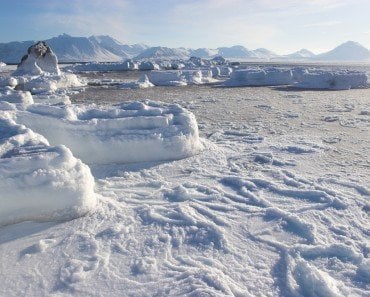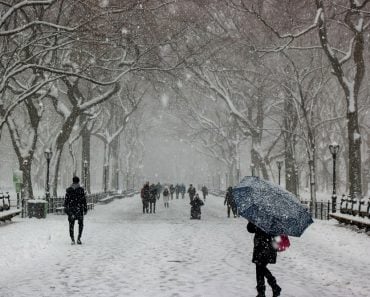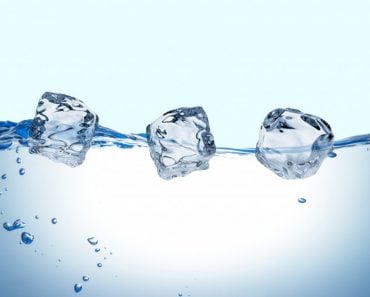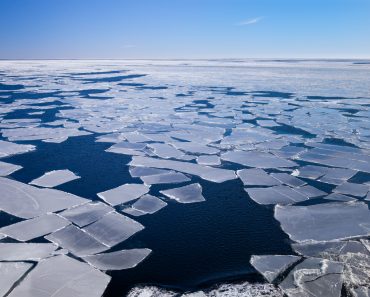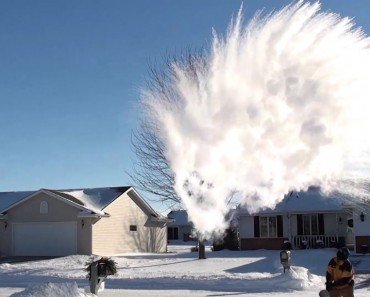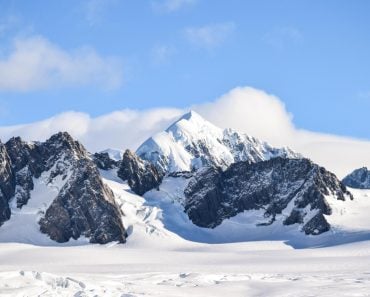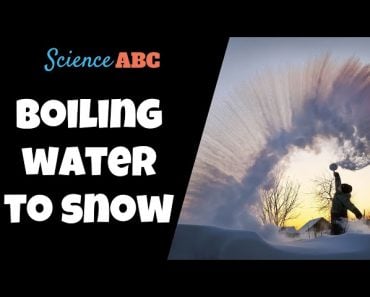Table of Contents (click to expand)
Water in the river/stream that supplies water to the waterfall supercools when the temperature dips below the freezing point (around -6 degrees Celsius)
It’s not uncommon to see frozen ponds or lakes during the winter season. When the mercury dips even further, water bodies as large as as ocean can freeze too. You might be amazed to learn that the Arctic Ocean, one of the biggest oceans on the planet, remains partly covered by a thin layer of ice throughout the year and freezes almost completely on the surface during the winter.
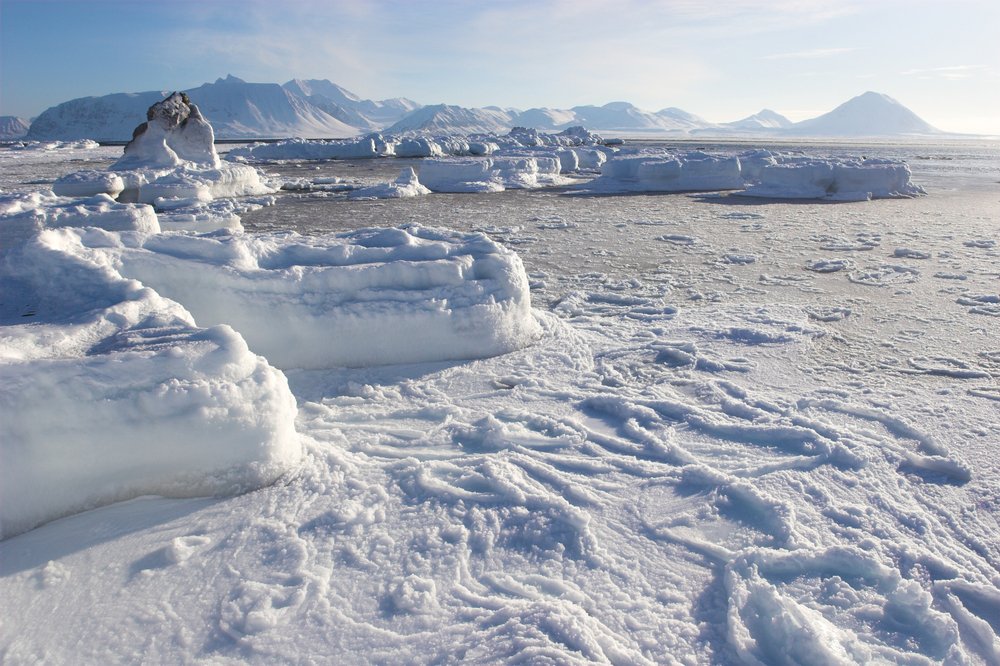
The freezing of a lake or a pond still makes some sense, at least intuitively, because the water present in them remains stationary all the time, so it freezes when the temperature drops below zero. But how can you explain waterfalls, i.e. water bodies with a lot of turbulence that flow unidirectionally at a rapid rate, becoming frozen mid-flow?
Recommended Video for you:
How Does Water Freeze In Ponds/lakes?
Water turns to ice when small water molecules stick to each other in very cold conditions and stop moving around. This starts with a few molecules, but the neighboring molecules get attached to that ice too, making it larger and larger until the entire body of water eventually freezes.
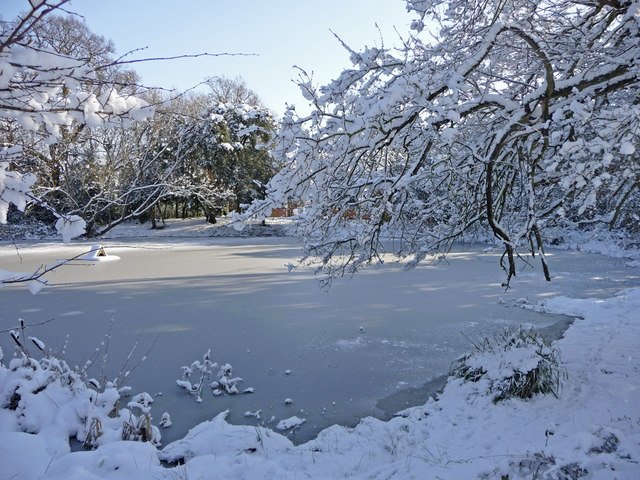
The freezing of water in this way is relatively easy in ponds and lakes, as water molecules remain more or less stationary, preventing other molecules from moving away from each other. This is the reason so many lakes freeze when the temperature falls to 0 degrees Celsius.
On the other hand, freezing a waterfall is not as easy, since the water molecules are continuously moving and can therefore easily detach from the bonds holding them together. Therefore, the conditions have to be a lot colder, which means that the ambient temperature must be well below freezing temperature to freeze a flowing waterfall. Furthermore, since the water in a waterfall is continuously mixing, the cooling takes place uniformly over the entire waterfall, so it takes longer for any readily noticeable changes to appear. This means that, unlike still water (where you can easily spot frozen patches of water floating on the surface), if a waterfall begins to freeze, it will take some time before you actually notice the effects.
How Does A Waterfall Freeze Mid-flow?
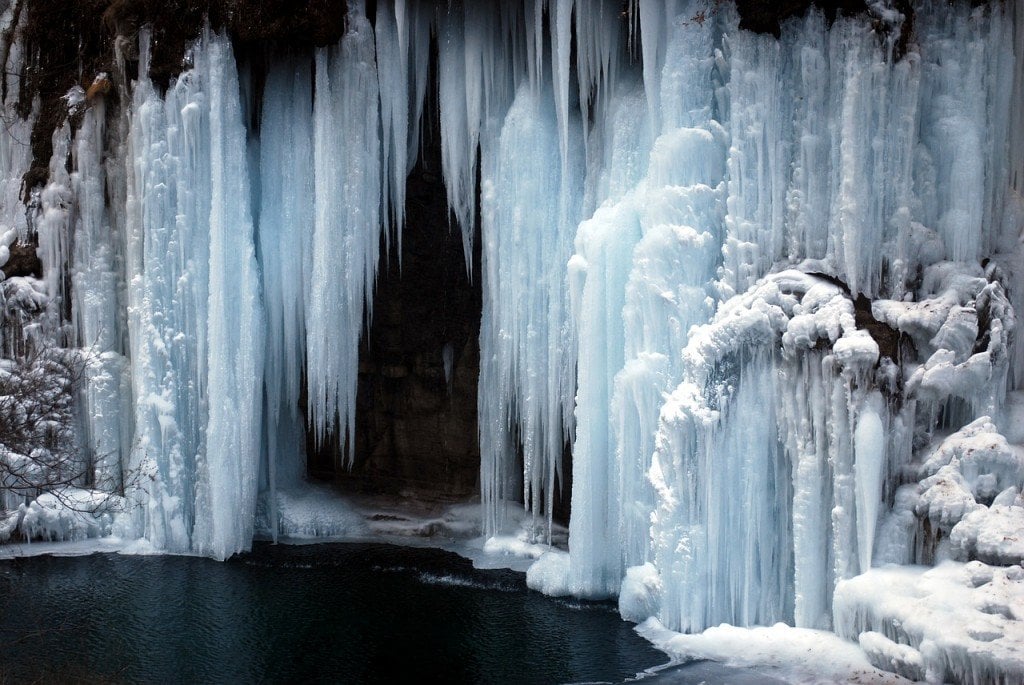
It happens like this: the water in the river/stream that supplies water to the waterfall supercools (when water experiences a temperature less than its freezing point without becoming a solid) when the temperature dips below the freezing point (around -6 degrees Celsius). This results in a gradual slowing down of the flow as water molecules begin to stick to each other and form tiny, solid particles of ‘frazil ice’. Frazil ice, which has an oily appearance when seen on the surface of water, is a cluster of loose, randomly-oriented ice crystals shaped like tiny needles. It usually forms in rivers, lakes, oceans, and other water bodies containing turbulent, open and supercooled water.
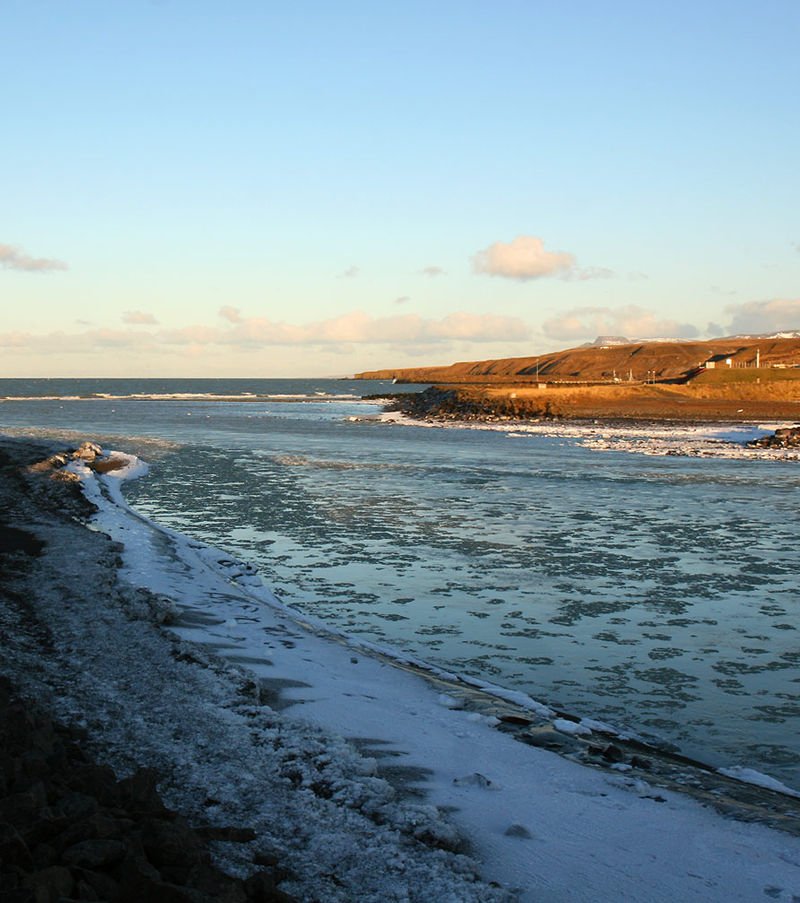
These frazil ice discs cluster together and adhere to nearby surfaces, so in free-falling waterfalls, these discs attach to the overhang, whereas in waterfalls that flow down a cliff, the discs cling on to the cold rocks. Provided that the temperature stays at that level for a long enough time, frazil ice forms an anchor at the spot where the water drops from the rocks and begins to grow downwards, creating a column as tall as the height from which the water falls! After enough time passes, the entire waterfall appears to have frozen, making for a picturesque, but extremely surreal sight.
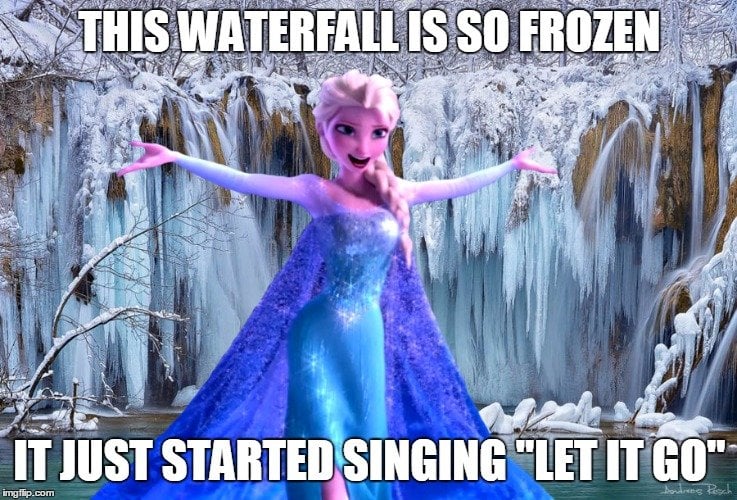
Although the process only occurs under very cold conditions and takes quite a bit of time to bring a flowing water body to a complete standstill, the image of a frozen waterfall with long icicles hanging down from a cliff is truly something special to behold.
References (click to expand)
- Martin, S. (1981, January). Frazil Ice in Rivers and Oceans. Annual Review of Fluid Mechanics. Annual Reviews.
- HK BARROWS. DETERMINATION OF STREAM FLOW DURING THE FROZEN .... The United States Geological Survey
- Osterkamp, T. E. (1978, September). Frazil Ice Formation: A Review. Journal of the Hydraulics Division. American Society of Civil Engineers (ASCE).


